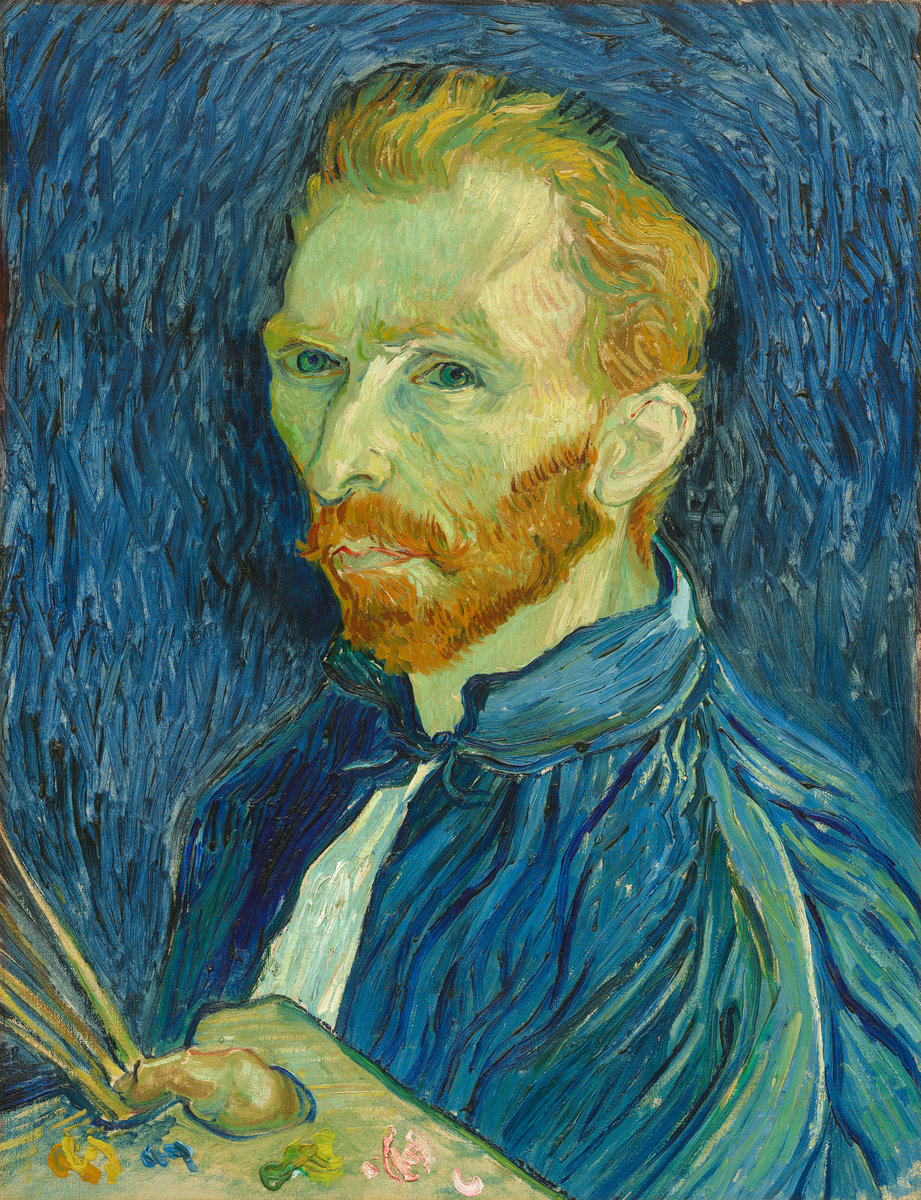Винсент Ван Гог - Автопортрет 1889
 |
 |
 |
 |
 |
 |
 |

Автопортрет 1889
57x43см холст/масло
National Gallery of Art, Washington, DC
<< Previous G a l l e r y Next >>
From the National Gallery of Art, Constitution Avenue NW, Washington, DC. :
Although his career was brief, lasting a mere 10 years, Vincent van Gogh proved to be an exceptionally prolific and innovative artist. While he experimented with a variety of subjects—landscape, still life, portraiture—it is his self–portraits that have come to define him as an artist. Like his predecessor, Rembrandt van Rijn, Van Gogh was a devoted and probing practitioner of the art of self–portraiture. He painted no fewer than 36 self–portraits, undertaking his first forays just after his arrival in Paris in March 1886 and executing his last, culminant works during his stay at the asylum of Saint–Paul–de–Mausole in Saint–Rémy. The Washington canvas is one of the very last self–portraits Van Gogh painted.
During the first months of his voluntary internment at the asylum, the artist showed little interest in figure painting and concentrated instead upon the surrounding landscape. But in early July 1889 while painting in the fields near the asylum, Van Gogh suffered a severe breakdown that could have been a symptom of epilepsy. Incapacitated for five weeks and greatly unnerved by the experience, the artist retreated to his studio, refusing to go out even to the garden. This painting is the first work he produced after recovering from that episode. In a letter to his brother Theo written in early September 1889, he observed:
(Text by Kimberly Jones, published in the National Gallery of Art exhibition catalogue, Art for the Nation, 2000)